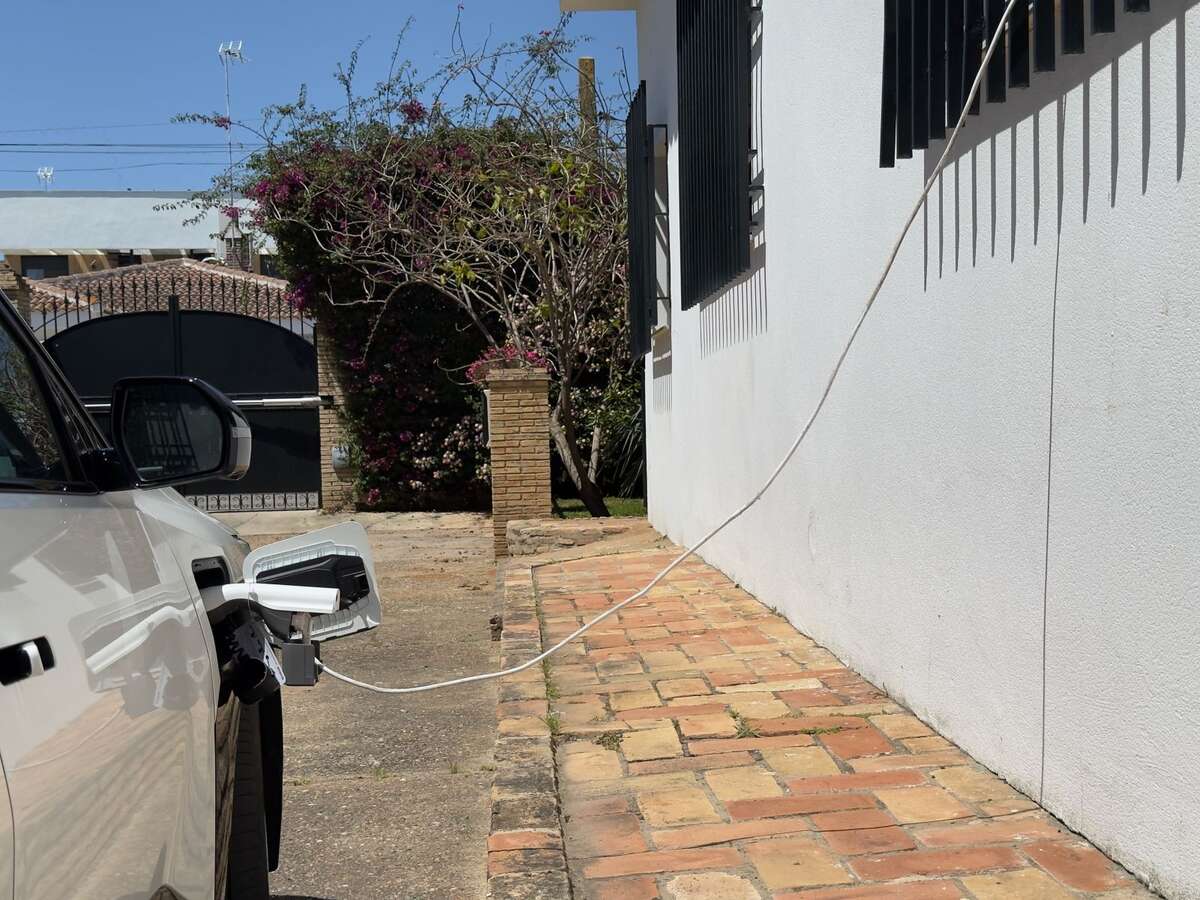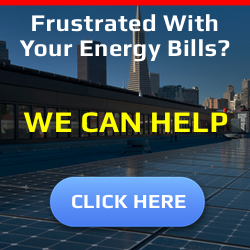The Solar Bottleneck: Efficiency Isn’t Everything
It was a calm Monday morning across much of the Iberian Peninsula. Then at 12:33, the lights went out.
On April 28th, 2025, Spain, Portugal, and briefly parts of France were hit by a widespread blackout that brought the region’s power system to a screeching halt. Early speculation pointed fingers everywhere – ageing grid infrastructure, unpredictable demand, weather-induced faults, but a recurring theme is emerging from the post-mortem: too much solar, not enough support.
Let me be clear – this is not an argument against solar. Quite the opposite. This is a wake-up call about how we’re deploying it. In our rush to cover every rooftop, hillside, and greenhouse with panels, are we building a house of cards? Are we chasing gigawatts at the expense of resilience? And most critically: are we asking the right questions about what it takes to make solar actually work at scale?
These are the questions we tackled in a recent episode of the Climate Confident podcast with Laura Miranda Pérez, Chief Communications and Sustainability Officer at Oxford PV, and someone who’s been living and breathing solar for more than a decade. The conversation veered from materials science to manufacturing policy to geopolitical fragility, and it left me convinced of one thing: we need more solar, yes. But we also need to be a hell of a lot smarter about it.
Chasing the sun, and hitting the limits
Solar has been crowned the cheapest source of new electricity generation in most of the world. Fact. Thanks to plummeting panel costs, rising module efficiencies, and regulatory tailwinds, we’re in the middle of an unprecedented deployment wave. The International Energy Agency’s Renewables 2023 report projected that solar PV alone would account for nearly two-thirds of global renewable capacity additions by 2028.
But here’s the twist: we’ve hit a wall. Or more accurately, a ceiling.
Standard silicon-based solar cells have flirted with their theoretical efficiency limit – about 29% for lab conditions, but closer to 24-25% in real-world, commercial applications. That’s physics talking, not market reluctance. You can’t coax more photons out of silicon than its band gap allows. You can throw AI, quantum dots, or fairy dust at it, the material has spoken.
This is where tandem solar cells enter the frame. By stacking a perovskite layer atop silicon, you harvest more of the solar spectrum. Think of it as colour sorting sunlight: the perovskite grabs the blues, silicon swallows the reds, and together they stretch efficiency into the 30%+ territory.
Oxford PV’s roadmap is even more ambitious: 27% efficiency by 2027, 30% by 2030, with a theoretical ceiling near 43%. For anyone in manufacturing, building-integrated photovoltaics, or edge-of-grid solutions, this isn’t just a marginal gain. It’s a step change in how much energy you can squeeze out of a given footprint.
But, and this is the part that doesn’t get enough airtime, solar’s real bottleneck isn’t just in the panels. It’s in everything around them.
What broke Spain’s grid? Not the sun, but the silence
Which brings us back to the Iberian blackout.
Spain is a poster child for solar deployment. As of early 2025, the country had over 25 GW of installed solar PV capacity – roughly 12% of its total electricity generation. It’s a success story in pure megawatts, but beneath the surface, there’s trouble brewing.
Grid frequency. Inertia. Synthetic balancing. These are the silent forces that keep a power system alive. Traditional thermal plants (gas, coal, even nuclear) offer a natural buffer against shocks – their spinning turbines carry kinetic energy that stabilises frequency swings. Solar, by contrast, is passive. It’s inverter-driven, decoupled, and offers precisely zero inertia.
Now, we can simulate that inertia with batteries, flywheels, or advanced inverters. But only if we invest in them. Only if we treat grid modernisation as part of the clean energy buildout, not a separate afterthought.
If preliminary assessments are accurate, the April 28th blackout was at least partially due to a mismatch between solar generation peaks and a lack of fast-responding stabilisers. Too many inverters, not enough buffers. We flew too close to the sun, and forgot to strengthen our wings.
But even amidst that grid failure, batteries stepped in to prove their value – including, in my own home (see photo). I used my Kia EV3’s V2L (vehicle-to-load) functionality to power essential devices during the blackout. No diesel generator, no noisy fallback. Just a battery on wheels doing its job. That moment, quietly running laptops, routers, and lights from a clean energy source in my driveway brought the potential of distributed storage into sharp focus.
It’s easy to think of EVs as just transport, but they’re mobile energy assets, too. In a world increasingly built on intermittent generation, technologies like V2L and V2G (vehicle-to-grid) aren’t nice-to-haves. They’re infrastructure. And they’re already here – we just need to integrate them better, value them properly, and scale them up.
Scaling solar = scaling systems
Here’s where Laura made an essential point in our conversation: “The solar panel isn’t the product. The electricity is.”
And that changes the calculus. Higher-efficiency panels don’t just reduce land use (although they do, a big win for agrivoltaics, rooftops, and constrained urban zones). They lower the cost of electricity produced, over time, even if the panel itself costs more upfront.
Think beyond the module. Think LCOE – Levelised Cost of Electricity – the metric that folds in capital expense, maintenance, yield, degradation, and time. When Oxford PV’s tandem panels generate 20% more electricity per square metre than conventional ones, that translates directly into lower LCOE, and a stronger case for deploying solar even where space or ROI constraints previously ruled it out.
But efficiency without durability is a dead end. That’s why Oxford PV is laser-focused on stability, longevity, and recyclability. Their tandem modules have been validated to fit within existing recycling streams – no exotic disassembly required – and are being tested for multi-decade reliability across use cases, from utilities to satellites.
So yes, this is a materials story. But it’s also a grid story. A manufacturing story. A policy story. And, whether we like it or not, a geopolitical story.
The geopolitics of electrons
Europe wants solar to dominate its electricity mix by 2030. It’s a commendable goal, and one we’re inching towards, at least on the deployment side. But manufacturing? That’s a different beast.
As of Q1 2025, over 80% of the world’s solar modules are still being produced in China. And while that has brought costs down thanks to economies of scale and state support, it has also created massive supply chain dependencies – not ideal in a world already fraying at the geopolitical seams.
Laura put it bluntly: “We need to deploy fast. But we also need to manufacture, so we take advantage of that, or look into our energy security.”
Oxford PV’s decision to locate their production line in Brandenburg, Germany – in a former Bosch solar factory, no less, wasn’t just nostalgia or national pride. It was a strategic hedge. A bet on European resilience. A recognition that energy security doesn’t just come from replacing fossil fuels, but from controlling the supply chains of their alternatives.
Tandem cells might give Europe a chance to leapfrog, to build domestic manufacturing around next-gen technology, rather than chasing Chinese incumbents in a race to the bottom. But only if we act fast. Only if we put real industrial policy behind the ambition.
Circular solar: preparing for the second wave
Critics love to point out that today’s solar panels will eventually become tomorrow’s e-waste. And they’re right, if we don’t prepare.
But here’s the nuance. Solar panels degrade slowly – over decades. And unlike fossil fuel ash, they’re clean, inert, and recyclable. Laura mentioned that Oxford PV’s tandem modules are fully compatible with existing recycling infrastructure. No special treatment needed. That’s huge.
Even more promising? The emerging research into panel circularity – not just recycling, but remanufacturing, component recovery, and closed-loop materials streams. The EU has a chance to lead here, too – setting standards, investing in reverse logistics, and building solar’s second life before the first one ends.
It’s not about perfection. It’s about preparedness.
Final thought: complexity isn’t the enemy, complacency is
We are living through an energy revolution that rivals the invention of the steam engine, the discovery of oil, the birth of the grid. It is messy. It is uneven. And it is absolutely necessary.
The solar story is no longer just about getting cheaper panels into more hands. That chapter’s been written. The next chapter is about integration – of new materials, new architectures, new incentives, and yes, new responsibilities.
We’ve seen what happens when you deploy faster than you adapt. Spain’s blackout won’t be the last, but it could be the last one we’re surprised by, if we learn from it.
We need grids that are not only smarter, but faster-reacting. We need policies that reward efficiency and resilience. We need manufacturing ecosystems that match our climate ambition with industrial muscle.
And we need to think beyond the panel.
Because at the end of the day, what we’re building isn’t just a clean energy future. We’re building a new kind of infrastructure – distributed, dynamic, and deeply interdependent.
Let’s not short-circuit it before it’s built.
If you want to hear more from Laura Miranda Pérez about tandem perovskites, manufacturing scale-up, and the global stakes of solar, check out the full episode of Climate Confident here. It’s a conversation packed with insight, and not a moment too soon.
This post was originally published on TomRaftery.com









